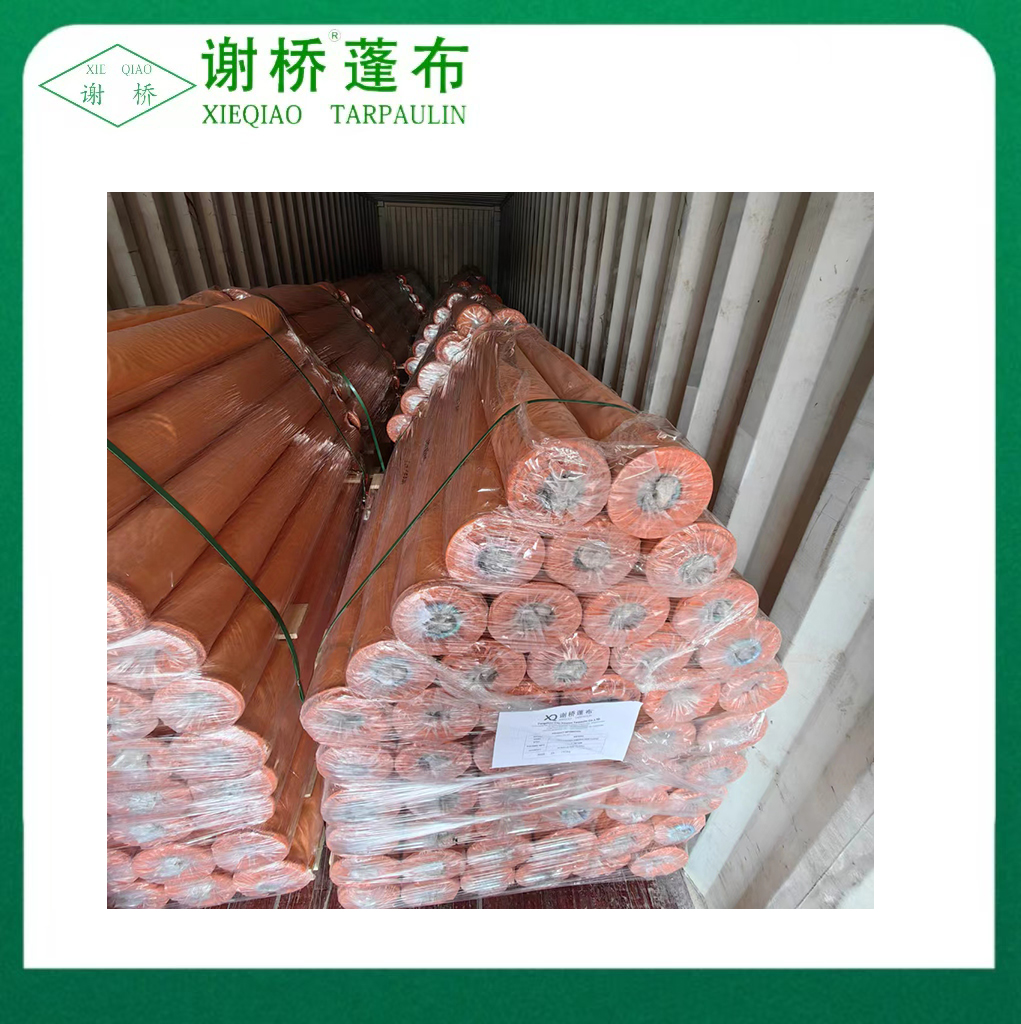Specializing in all kinds of custom tarpaulins Custom Tarpaulin Product Manufacturers
 2025.03.25
2025.03.25
 Industry News
Industry News
I. Introduction
The flame retardant performance of fire resistant tarpaulins relies on the synergistic effects of fiber modification and post-finishing techniques. This paper analyzes the principles, applications, advantages, and limitations of both technologies to explore their collaborative role in enhancing fire resistance, providing a scientific basis for material design.
II. Fiber Modification Technology
1. Principles and Applications
Fiber modification involves adjusting the chemical structure of fibers or incorporating flame retardants during polymerization to achieve inherent flame resistance. For example, modified polyacrylonitrile (PAN) fibers contain 35-85% acrylonitrile, carbonizing instead of melting when burned and exhibiting self-extinguishing properties. Their dual-layer structure (modified fiber layer + flame retardant coating) delays fire spread.
2. Advantages and Limitations
Advantages include durable flame retardancy, wash resistance, and maintained fabric flexibility; limitations involve high costs and applicability mainly to synthetic fibers (e.g., polyester, nylon) rather than natural fibers (cotton, hemp).
III. Post-finishing Technology
1. Principles and Applications
Post-finishing involves impregnating, coating, or chemically bonding flame retardants to fabric surfaces. For instance, nano-material post-finishing techniques endow tarpaulins with flame retardancy, thermal insulation, and waterproofing, offering low costs and simple processes.
2. Advantages and Limitations
Advantages include broad applicability and compatibility with multifunctional finishes; limitations involve potential loss of flame retardants during washing, resulting in weaker durability than fiber modification.
IV. Analysis of Synergistic Flame Retardant Effects
1. Synergistic Mechanisms
Fiber modification provides foundational flame retardancy (e.g., char formation in the condensed phase), while post-finishing enhances surface protection (e.g., free radical capture in the gas phase). For example, combining phosphorus-based flame retardants (fiber modification) with halogenated flame retardants (post-finishing) promotes oxygen isolation via char layers and inhibits flame chain reactions.
2. Empirical Case
A high-performance tarpaulin using modified fibers + nano-post-finishing maintained B1 flame retardancy after 50 washes while retaining breathability and moisture permeability.